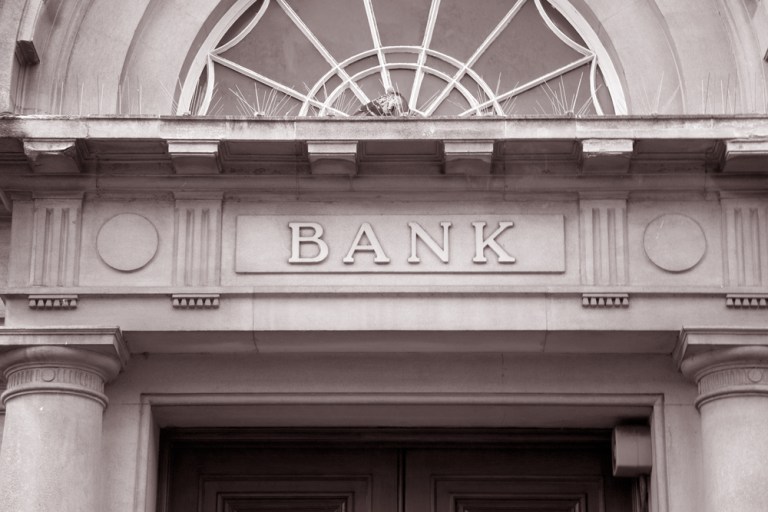US Bank Profit Payouts To Reach $170B

Some of the country’s largest banks should soon be handing over more capital to investors than they are generating for the first time since the 2008 financial crisis.
According to Financial Times, shareholders in 22 of the country’s biggest listed banks are set to receive almost $170 billion in dividends and stock buybacks over the coming year – about a quarter more than in 2017.
The numbers serve as proof that the nation’s banks are now generating billions of dollars in additional profits due to lower taxes and higher interest rates. In addition, the Fed is allowing them to return more of their earnings to shareholders.
In fact, analysts at Goldman Sachs, Credit Suisse and Keefe, Bruyette & Woods predict the average bank will hand over more capital than profits generated over the next four quarters. The industry as a whole has not paid out more than its earnings since 2007.
But critics argue that banks should instead be bolstering capital buffers to avoid another taxpayer bailout.
The payouts were “outrageous,” said Anat Admati, finance professor at Stanford University. She went on to argue that “too-big-to-fail” banks should not be allowed to make them “until we are sure they do not pose a danger to society anymore.”
But regulators counter that after years of building loss-absorbing cushions, banks are now better able to handle a crisis similar to the one that impacted global financial markets in 2008.
In fact, the Fed has made the regime tougher this year, with officials enforcing rules that require banks to incorporate a more severe unemployment and property market shock into their capital return plans.
The Fed will be publishing the results of the first round of its stress tests this week before revealing the more consequential second round next week. This is when investors will learn how much capital banks can return.

